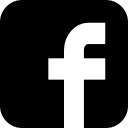www.shuyicao.com
Artist BioShuyi Cao is a Chinese artist currently based in New York. She works across disciplines – – from drawing to sculpture to video to interactive installation. She explores the intersection between art and science, by combining the laboratorial tools, live organisms and physical computing into her artistic practice, along with the nature of experiment.

Title: An Archetype of Associative Relation; Year: 2017; Media: Interactive sound installation, Oak branches, conductive threads, wires, Arduino, speakers; Size: dimension variable
This installation is a manifestation of nature, while in the form of an artificiality. It turns the whole space into a capacitive sensor, with conductive threads, wires and an Arduino broad. With the viewer wandering around the space, the subtlest encounter with the thin threads around the branches will trigger different sounds.
I attempt to create an immersive environment for the viewers to experience the invisible connection between the subject and the matters. A connection to be discovered, to be activated, only through personal engagement. A connection which is actually fabricated by computing. This alludes to how our contemporary world is configured - the connections between human and nature is amplified and formulated by information processing devices and technologies, while at the same time, reduced into fragments of data.
https://vimeo.com/247731537

Title: An Archetype of Associative Relation; Year: 2017; Media: Interactive sound installation, Oak branches, conductive threads, wires, Arduino, speakers; Size: dimension variable
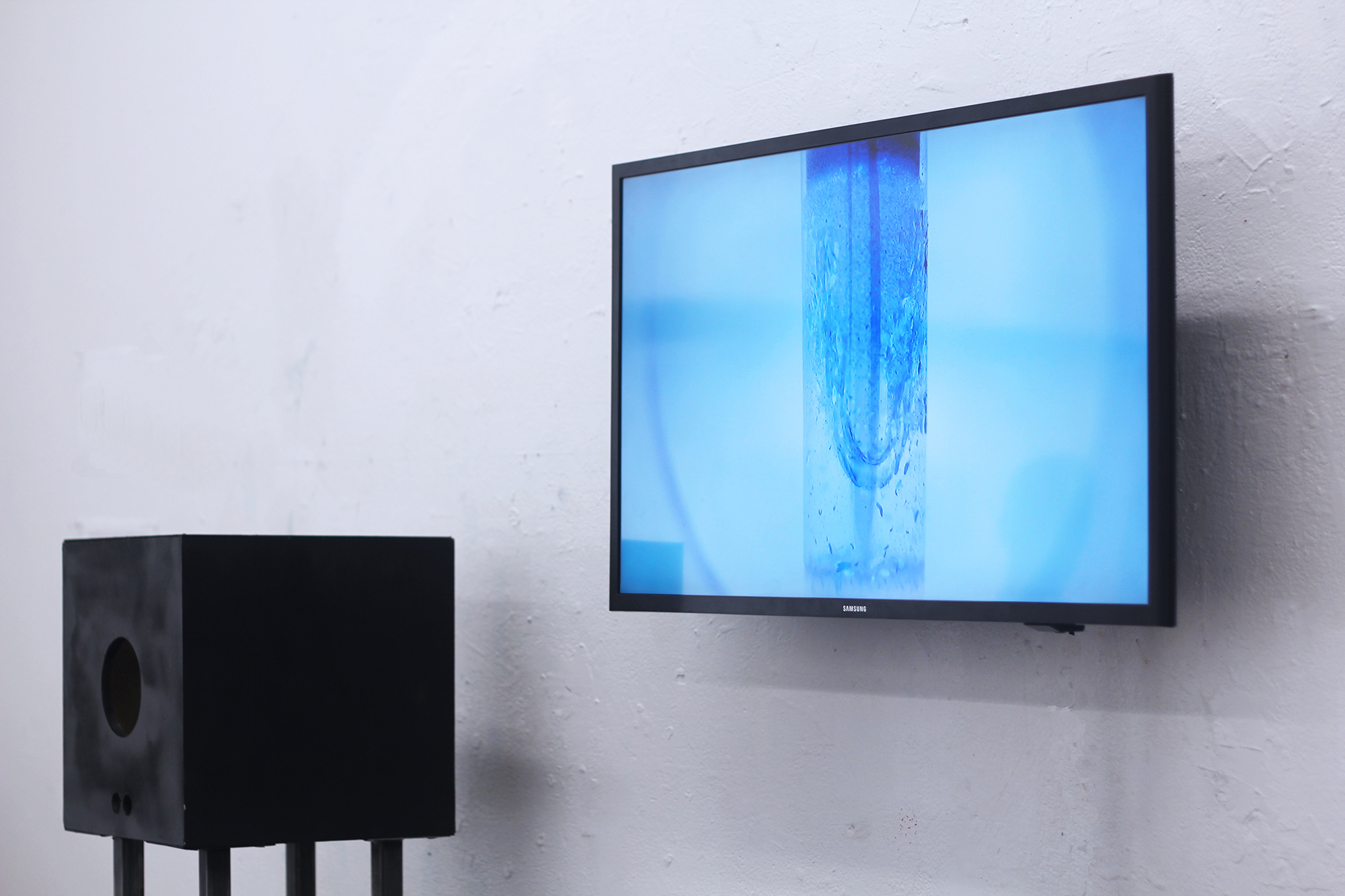
Title:The Time We Live Within and Without; Year: 2017; Media: Interactive installation with light, distance sensor, and fruit flies' habitat, 12 mins video loop
The piece consists of an environment to accommodate a collection of fruit flies, and a 12 mins video that represents the day and the night within the world of fruit flies.
The inside of the box is illuminated by a light sphere, which shuts off when the viewer approaches the box to view the fruit flies, through the incorporation of a distance sensor. This is designed to be a symbolic representation of an eclipse. In this artificial habitat, an eclipse, as the sublime and the wonder of nature, is triggered by arbitrary human intervention. The concept of the eclipse refers to the artist’s interest in impermanence and the difference in how the time span of “life” is perceived concerning different species, and specifically the dominance that mankind holds over the realm of how time is to be organized. The idea of ritual or structured time becomes referenced through the representation of an eclipse, on account of an eclipse being something that can only be experienced at most, several times within a lifetime. It begs the question of how life for different organisms is experienced, and specifically focuses on what is actually considered to be human.
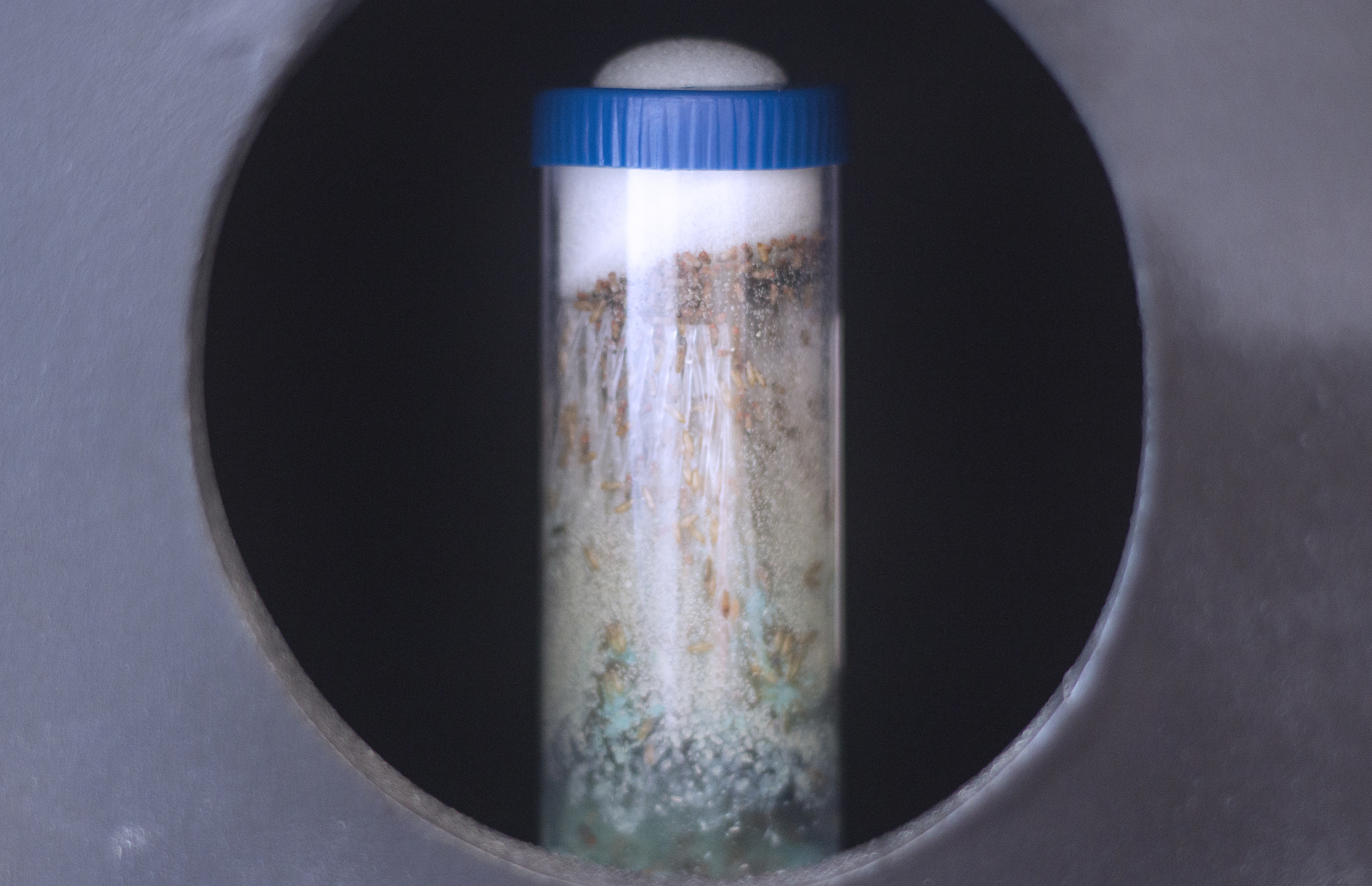
Title:The Time We Live Within and Without; Year: 2017; Media: Interactive installation with light, distance sensor, and fruit flies' habitat, 12 mins video loop
The piece consists of an environment to accommodate a collection of fruit flies, and a 12 mins video that represents the day and the night within the world of fruit flies.
The inside of the box is illuminated by a light sphere, which shuts off when the viewer approaches the box to view the fruit flies, through the incorporation of a distance sensor. This is designed to be a symbolic representation of an eclipse. In this artificial habitat, an eclipse, as the sublime and the wonder of nature, is triggered by arbitrary human intervention. The concept of the eclipse refers to the artist’s interest in impermanence and the difference in how the time span of “life” is perceived concerning different species, and specifically the dominance that mankind holds over the realm of how time is to be organized. The idea of ritual or structured time becomes referenced through the representation of an eclipse, on account of an eclipse being something that can only be experienced at most, several times within a lifetime. It begs the question of how life for different organisms is experienced, and specifically focuses on what is actually considered to be human.

Title: Flavor Flora; Year:2017; Media:Molecular flavor Caviar, glass vases, microscopic photographs of Epithelium cell, 11 x 17 inches
Focusing on the concept of food, this project explores to what extent the interplay between substances and our bodies is determined by the cultural beliefs and the scientific knowledge.
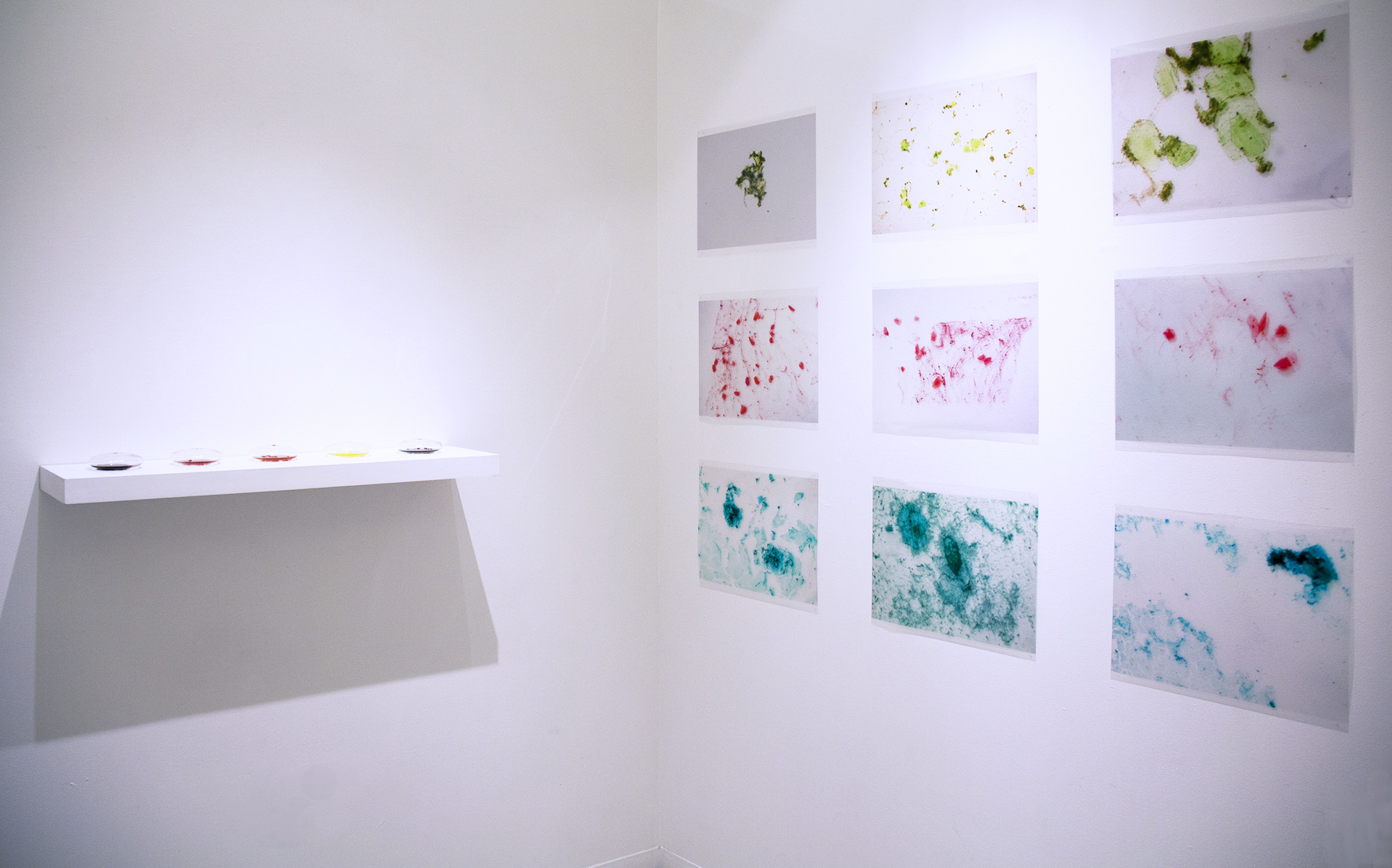
Title: Flavor Flora; Year:2017; Media:Molecular flavor Caviar, glass vases, microscopic photographs of Epithelium cell, 11 x 17 inches
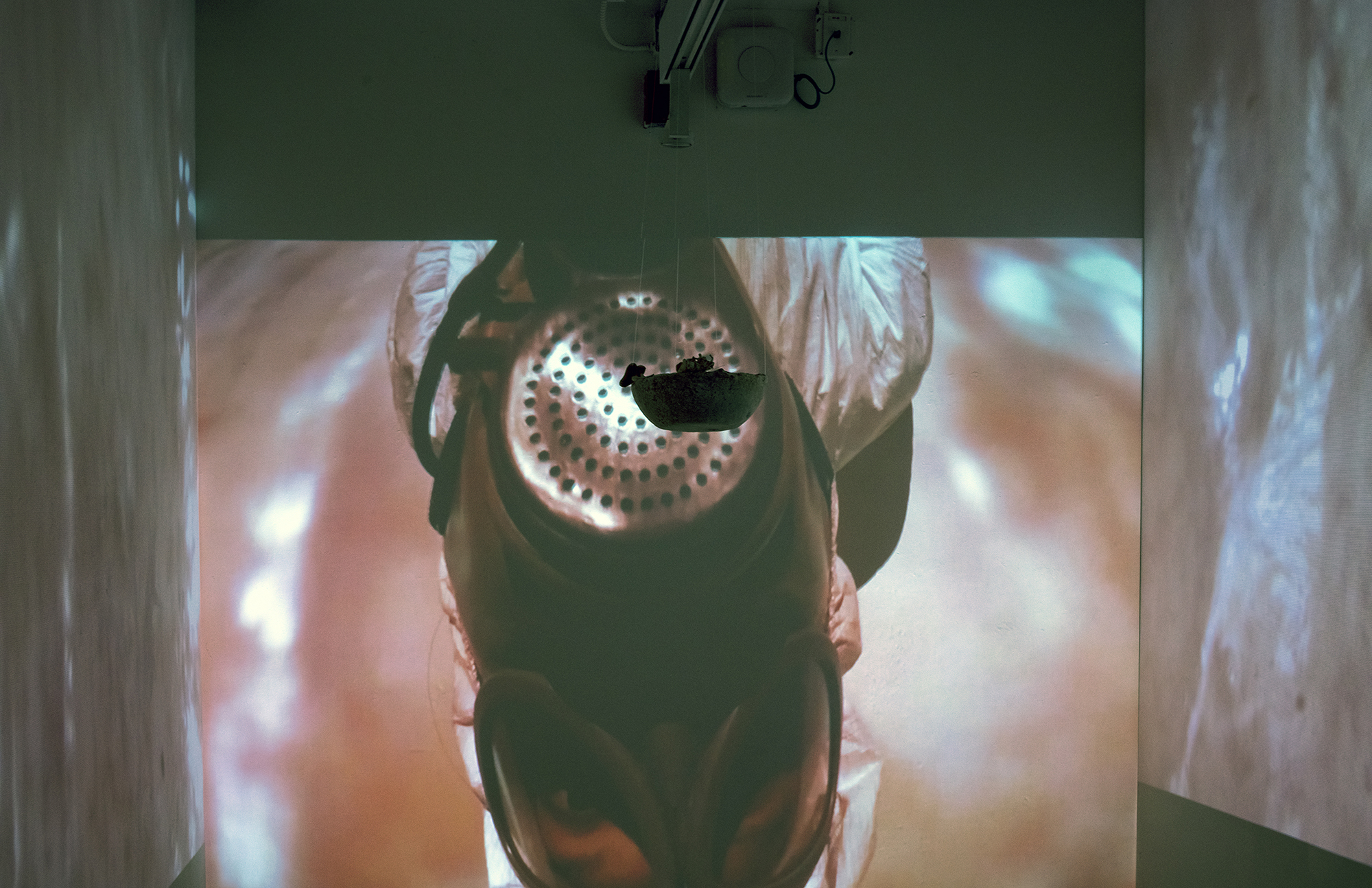
Title: Zone; Year: 2017; Media: Video installation with mycelium sculpture
The installation refers to the process of mycelium cultivation and explores the concept of contamination. Considering the power dynamic during the phases of protection, recognition and separation, the process involves multiple scales of agencies and domains which are constantly transforming between layers of permeable boundaries - the cell membrane, the petri dish, the plastic wrap, the incubator, the disposable glove, the mask, the skin, and organic and inorganic bodies. By inverting the perspectives and obscuring the boundaries, this work aims at creating the ambiguity as well as the tension between the inside and the outside, the self and the other.
https://vimeo.com/223067548
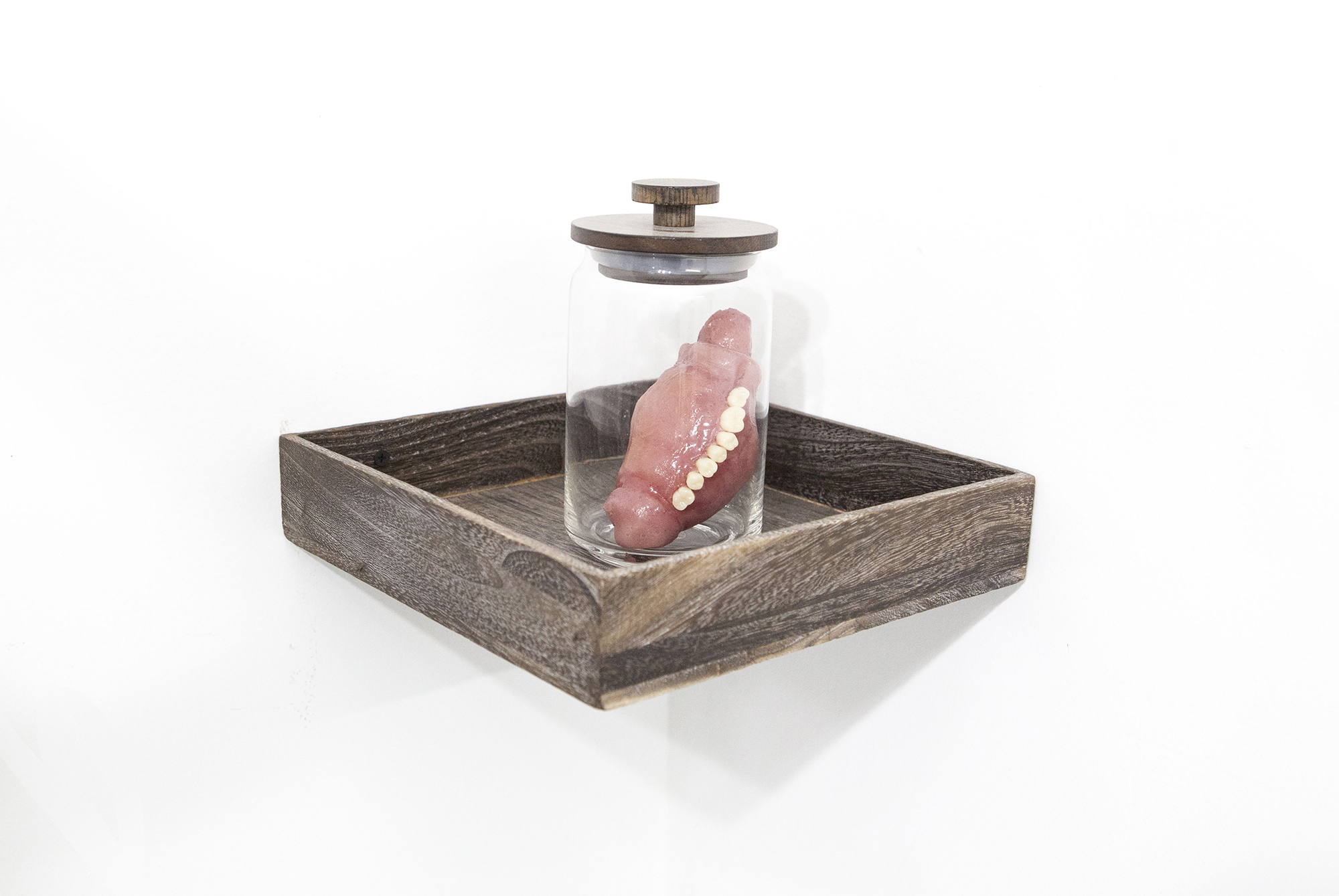
Title: Found species; Year: 2017; media: Silicone rubber, synthetic teeth; Dimension:3.5 x 2 x 2 inches
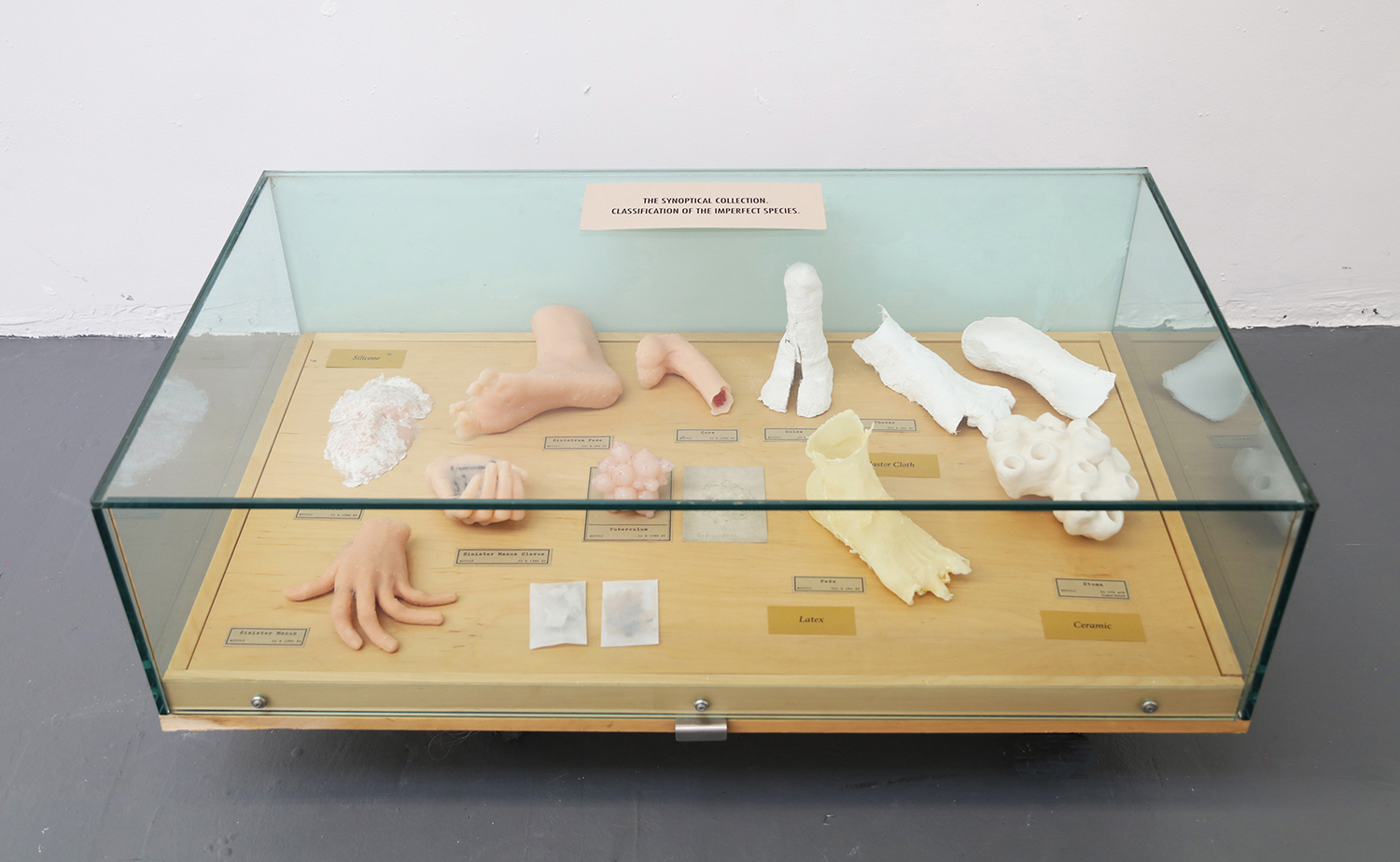
Title: Type specimen; Year: 2017; Media: silicon rubber, plaster, latex, paper, ceramics
The classification of specimens in the format of an Victorian natural science museum, replaces the object with imperfect experiments. As prototype of mutants and hybrids, the studio sculptural samples imagine laboratorial transgenic specimen. This is to challenge the notion of normality reflected in the type specimen; a supposedly average and universal representation. It is however in a unique form and subjectively selected by the scientific discourse.
Last summer I was working on my art project in a laboratory. I learned how to grow and transform bacteria and fungi, and how to extract and analyze my own DNA sequence through bioinformatics. What fascinated me is the process of manipulating the objects and recontextualizing the subjects. New relations are created between the materiality and the meanings, through the lens of science and the eye of art. This experience reminds me of my previous academic training in political science. Besides fieldwork, I spent most of the time in coding, transforming information that collected on site — through observation, participation and conversation — into data for computer processing with statistical software. An individual sample lacking certain information will be assigned a number that is read by the system as “omit,” even though this might be a person I had talked to and laughed with. That was the moment when I started questioning the apparatus of producing knowledge in the humanities that aligned to modern science, and the power of reductive rationalizations of data. I turned to art, hoping to find something that an artist can tell while a scientist or a scholar cannot.
My practice represents my inquiries into human existence in the realm of modern biology and technology. I explore sensation and communication between different species and forms of life. I desire to bring attention to the poetics of the yet-unquantifiable and imperceptible qualities of being.
